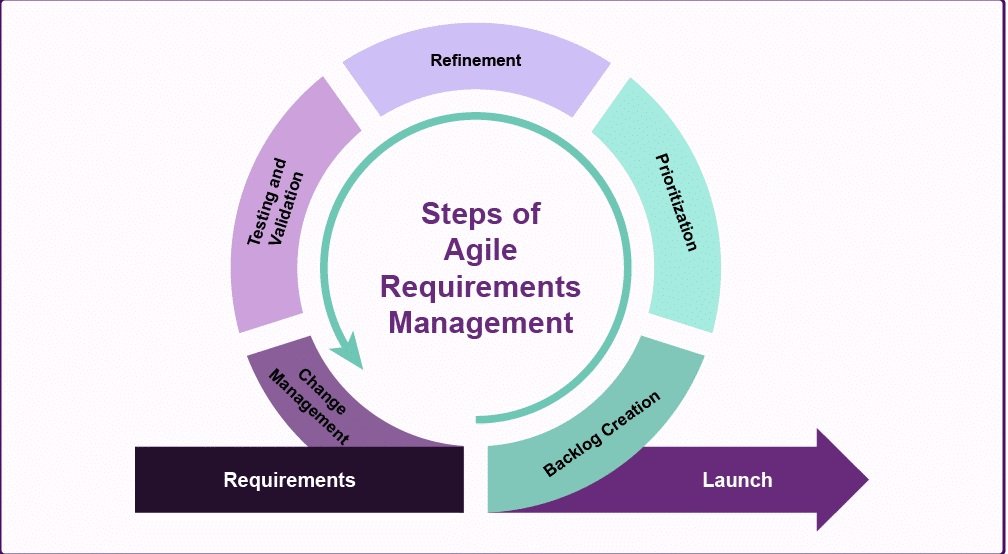In today’s fast-paced and uncertain business environment, agility and adaptability are not just advantages — they are essentials for survival and success. From market disruptions to technological advancements and changing customer preferences, businesses must continuously evolve. This guide offers practical, actionable tips to help your business stay agile and adaptable in any situation.

What Does It Mean to Be an Agile Business?
Agility in business refers to the ability to rapidly respond to market changes, customer demands, Tips for Keeping Your Business and emerging trends. It means being flexible, open to innovation, and capable of evolving quickly without losing focus on long-term goals.
Adaptability, on the other hand, is the capability to adjust structures, processes, and operations in response to unforeseen circumstances. When combined, agility Tips for Keeping Your Business and adaptability equip businesses to not just survive but thrive in challenging environments.
Why Agility and Adaptability Matter in 2025
The business landscape in 2025 is marked by:
- Rapid technological disruption
- Global economic volatility
- Changing consumer behaviors
- Supply chain unpredictability
Companies that lack adaptability fall behind. Whether it’s shifting to remote work models, adopting AI tools, or reconfiguring supply chains, those that pivot quickly gain a competitive edge.
Tips for Creating a Flexible Business Model
1. Build Scalable Operations
Create processes that can be expanded or scaled back depending on demand. For example, using cloud-based infrastructure allows rapid scaling without large overheads.
2. Diversify Revenue Streams
Relying on a single product, service, or market is risky. Diversification adds resilience. Offer complementary products or explore new market segments.
3. Adopt Agile Project Management
Tools like Scrum, Kanban, or Lean help teams work in short cycles, review progress regularly, and adjust quickly to feedback or obstacles.
Embracing Change Through Innovation
1. Encourage Continuous Improvement
Create feedback loops and review what’s working and what’s not regularly. Use KPIs and analytics to inform decisions.
2. Invest in Research & Development
Businesses that allocate budget for R&D often discover new technologies and opportunities before their competitors.
3. Stay Ahead of Industry Trends
Subscribe to industry newsletters, attend webinars, and monitor competitors to stay informed about the next big shift.
Fostering a Culture of Agility
1. Empower Employees
Give your team the authority to make quick decisions. Decentralized decision-making speeds up response time Tips for Keeping Your Business and fosters accountability.
2. Promote Open Communication
Transparency helps employees understand why changes are made and align themselves with new goals.
3. Reward Risk-Taking and Experimentation
Allow room for mistakes. Innovation doesn’t happen without risk. Encourage employees to test ideas Tips for Keeping Your Business and learn from failures.
Leveraging Technology for Business Adaptability
1. Use Cloud Computing
Cloud-based solutions offer flexibility, scalability, and remote access, enabling businesses to operate from anywhere.
2. Implement AI and Automation
Automate repetitive tasks to free up time and resources. Use AI for predictive analysis, customer insights, Tips for Keeping Your Business and demand forecasting.
3. Adopt Collaboration Tools
Use tools like Slack, Microsoft Teams, and Zoom to enable seamless remote work and real-time communication.

Leading With Vision and Flexibility
1. Define a Clear Vision
Agile businesses know where they’re going, even if the path changes. Your mission and values should guide every pivot.
2. Practice Situational Leadership
Be flexible in leadership style. Adjust your approach based on team needs, crises, or stages of business growth.
3. Make Data-Driven Decisions
Rely on real-time data and insights rather than intuition alone. This improves speed and accuracy in strategy execution.
Measuring and Improving Business Agility
Key Metrics to Track:
- Customer feedback cycle time
- Time-to-market for new products
- Employee engagement and turnover
- Innovation pipeline metrics
- Change adoption rate
Conduct Regular Agility Audits
Review internal processes, tech stacks, and customer engagement methods to ensure they support adaptability. Make necessary adjustments quarterly.
Case Studies: Businesses That Thrived Through Agility
Netflix: From DVD Rental to Streaming Giant
Netflix transformed by adapting to digital trends, investing in streaming, Tips for Keeping Your Business and later producing original content — all driven by customer insights.
Airbnb: Adapting During the Pandemic
Faced with cancellations during COVID-19, Airbnb pivoted to promote long-term stays and online experiences, maintaining revenue flow.
Zoom: Scaling Overnight
Zoom responded to pandemic demand by rapidly upgrading server infrastructure, doubling down on security, Tips for Keeping Your Business and introducing new features weekly.
Final Thoughts
Agility and adaptability are not one-time strategies — they are ongoing mindsets. As we look toward an unpredictable future, businesses that remain flexible, tech-savvy, and responsive will continue to grow, innovate, Tips for Keeping Your Business and lead their industries.
Summary
Agility and adaptability are critical to navigating today’s dynamic business world. This article provides in-depth insights, strategies, and proven tips to help your business stay flexible, innovate faster, and respond to change with confidence. Learn how to structure, train, and lead your business for continuous growth and resilience.
7 Frequently Asked Questions (FAQs)
1. What is the difference between agility and adaptability in business?
Agility is about responding quickly; adaptability is about long-term adjustment. Both are needed for resilience.
2. How can small businesses stay agile with limited resources?
Use low-cost digital tools, simplify decision-making, and empower employees to act quickly.
3. Can agility be learned or trained in a business?
Yes, through training, agile frameworks (like Scrum), and leadership development programs.
4. What tools support business agility?
Project management tools, AI platforms, CRM software, and cloud systems all support fast response and collaboration.
5. How do you build an adaptable company culture?
Encourage open communication, continuous learning, and regular feedback loops. Celebrate agility and learning from failure.
6. Is agility more important than planning?
Agility complements planning. A business should plan strategically but be ready to pivot when needed.
7. How often should a business review its agility and adaptability?
Quarterly reviews are ideal to ensure relevance, spot risks, and evaluate team performance.


